INSAR 2021
Recent articles
Brain’s response to faces foretells social development in autistic people
A delayed brain response to viewing faces may predict lags in social-skill development in autistic people.
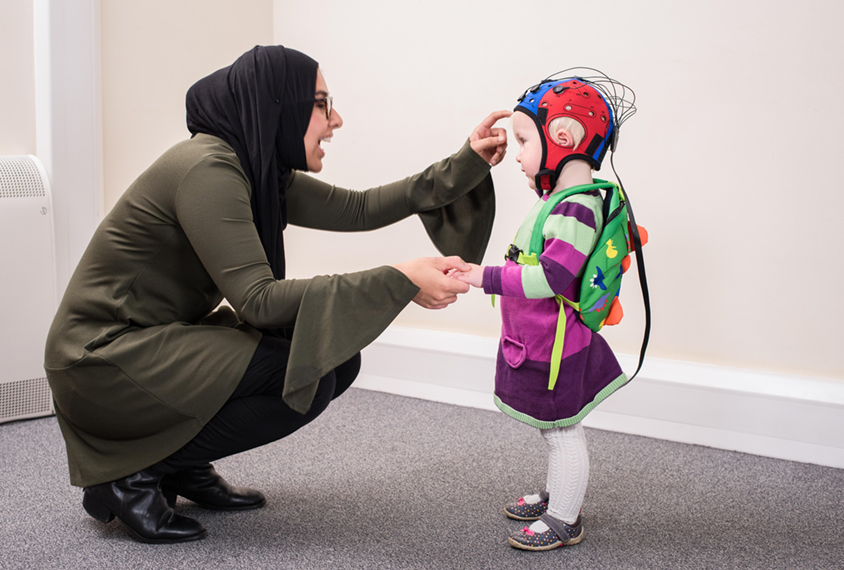
Brain’s response to faces foretells social development in autistic people
A delayed brain response to viewing faces may predict lags in social-skill development in autistic people.
Visual task flags autistic people who respond to GABA agonists
The investigational drug arbaclofen makes autistic people's brains respond to a visual task more like non-autistic people's brains do.

Visual task flags autistic people who respond to GABA agonists
The investigational drug arbaclofen makes autistic people's brains respond to a visual task more like non-autistic people's brains do.
Autism-linked protein screen reveals hundreds of new interactions
Researchers have uncovered more than 1,200 new protein-protein interactions involving proteins coded for by autism-linked genes.
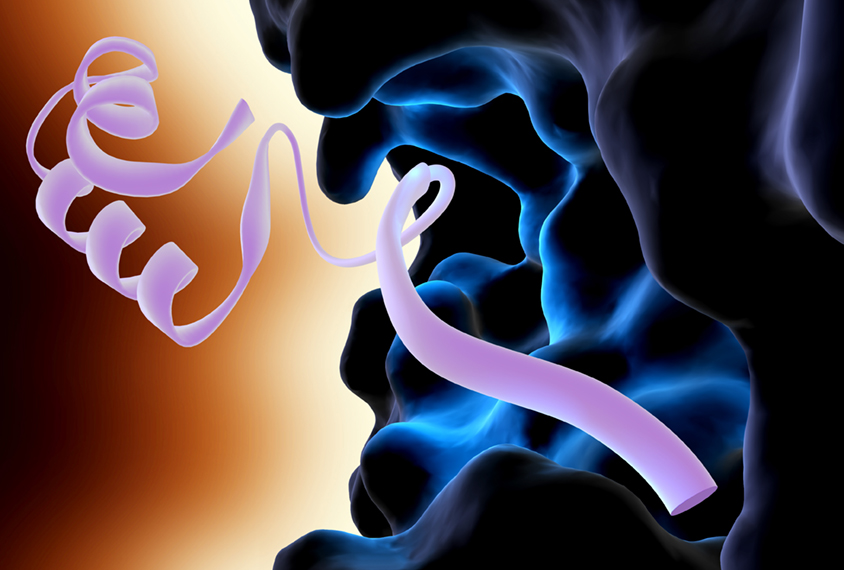
Autism-linked protein screen reveals hundreds of new interactions
Researchers have uncovered more than 1,200 new protein-protein interactions involving proteins coded for by autism-linked genes.
Social attention shows sex difference in autism
Autistic boys and men are less attuned to social stimuli than autistic girls and women are, according to new unpublished work.

Social attention shows sex difference in autism
Autistic boys and men are less attuned to social stimuli than autistic girls and women are, according to new unpublished work.
‘Neurons on a chip’ reveal patterns across autism-linked conditions
Activity patterns of neuronal networks link different genetic subtypes of autism that have similar traits, according to new unpublished research.
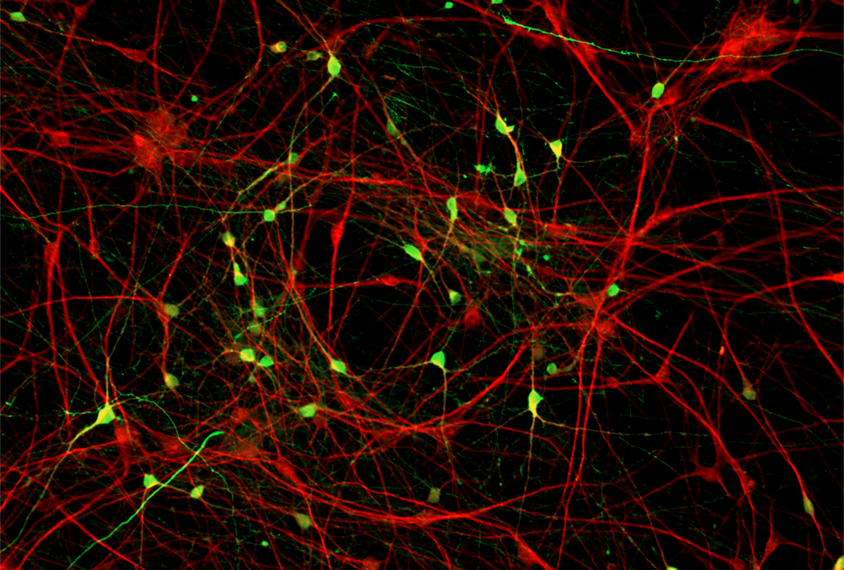
‘Neurons on a chip’ reveal patterns across autism-linked conditions
Activity patterns of neuronal networks link different genetic subtypes of autism that have similar traits, according to new unpublished research.
Genes tied to autism, developmental delay, schizophrenia share functions
Many genes linked to autism, schizophrenia and neurodevelopmental delay regulate gene expression and support communication between neurons.
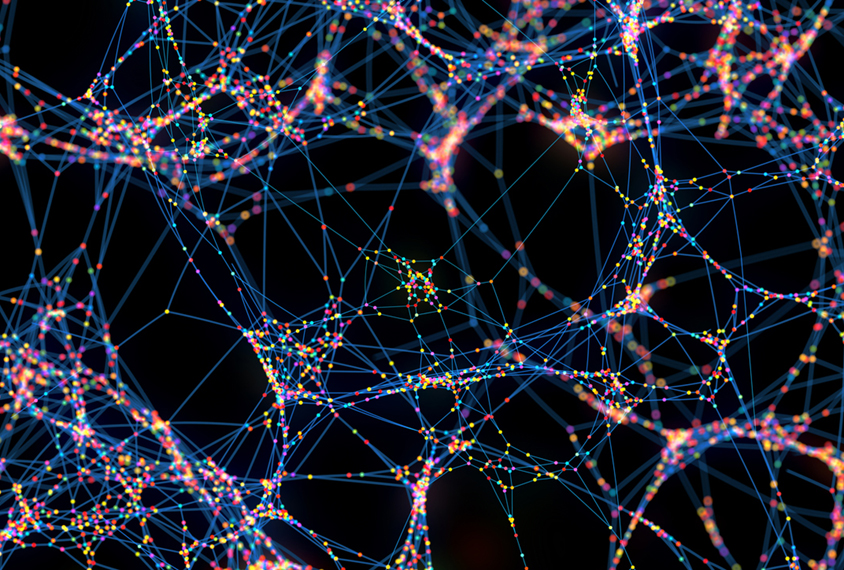
Genes tied to autism, developmental delay, schizophrenia share functions
Many genes linked to autism, schizophrenia and neurodevelopmental delay regulate gene expression and support communication between neurons.
Fetal brain scans may forecast autism traits in toddlers
Children with highly folded and curved brains in utero tend to show autism-linked behaviors at 18 months of age, according to a longitudinal brain-imaging study.
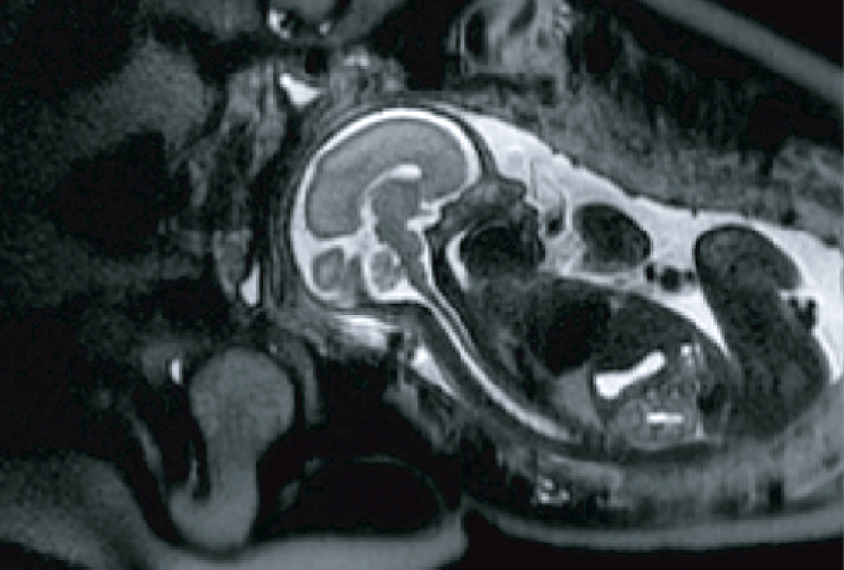
Fetal brain scans may forecast autism traits in toddlers
Children with highly folded and curved brains in utero tend to show autism-linked behaviors at 18 months of age, according to a longitudinal brain-imaging study.
Methodological issues plague studies of early autism interventions
Multiple types of bias and an overreliance on caregiver reports have clouded research on the effectiveness of early interventions for autism for nearly three decades.
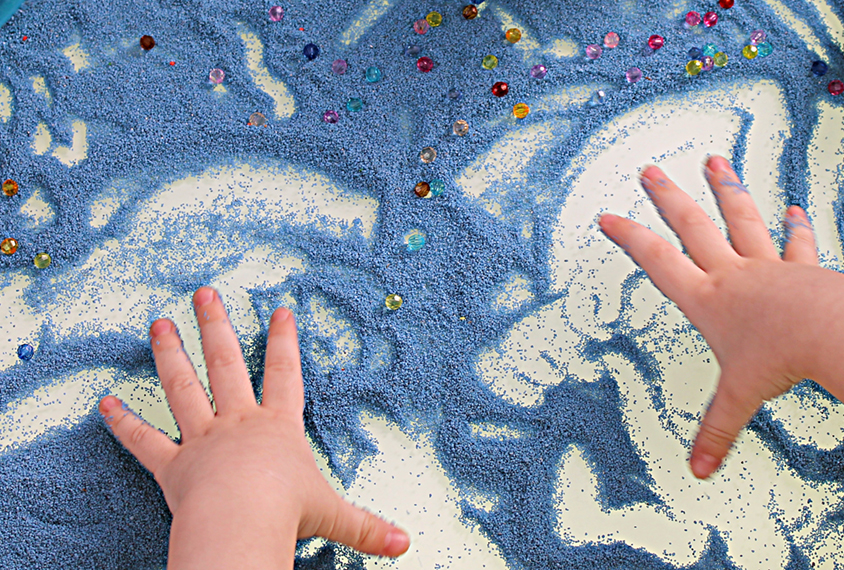
Methodological issues plague studies of early autism interventions
Multiple types of bias and an overreliance on caregiver reports have clouded research on the effectiveness of early interventions for autism for nearly three decades.
Infant siblings of autistic children miss language-learning clues
So-called ‘baby sibs’ watch adults’ faces just as much as children without autistic siblings do, but they don’t understand spoken language as well.

Infant siblings of autistic children miss language-learning clues
So-called ‘baby sibs’ watch adults’ faces just as much as children without autistic siblings do, but they don’t understand spoken language as well.
Largest autism genetics analysis to date uncovers more high-confidence candidates
The largest-yet study of genetic data from autistic people has identified 255 genes associated with the condition.
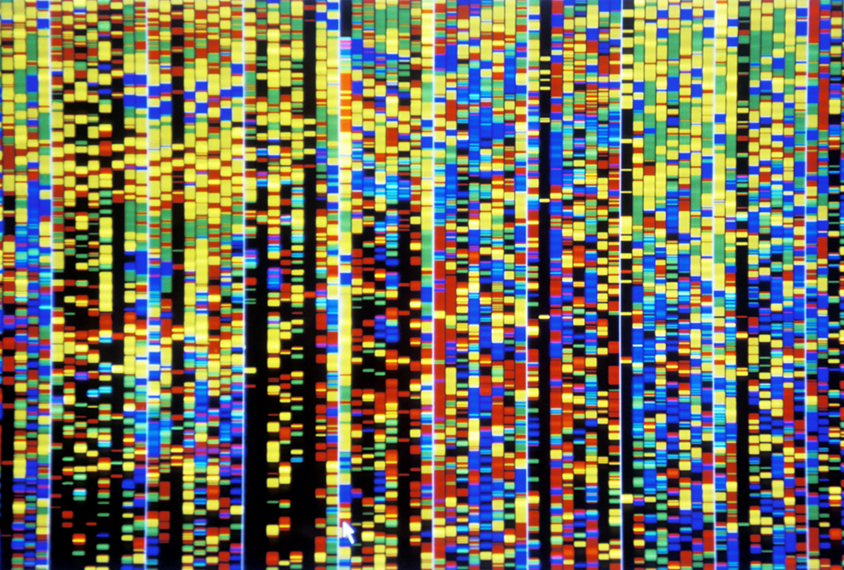
Largest autism genetics analysis to date uncovers more high-confidence candidates
The largest-yet study of genetic data from autistic people has identified 255 genes associated with the condition.
Explore more from The Transmitter
Long-read sequencing unearths overlooked autism-linked variants
Strips that are thousands of base pairs in length offer better resolution of structural variants and tandem repeats, according to two independent preprints.
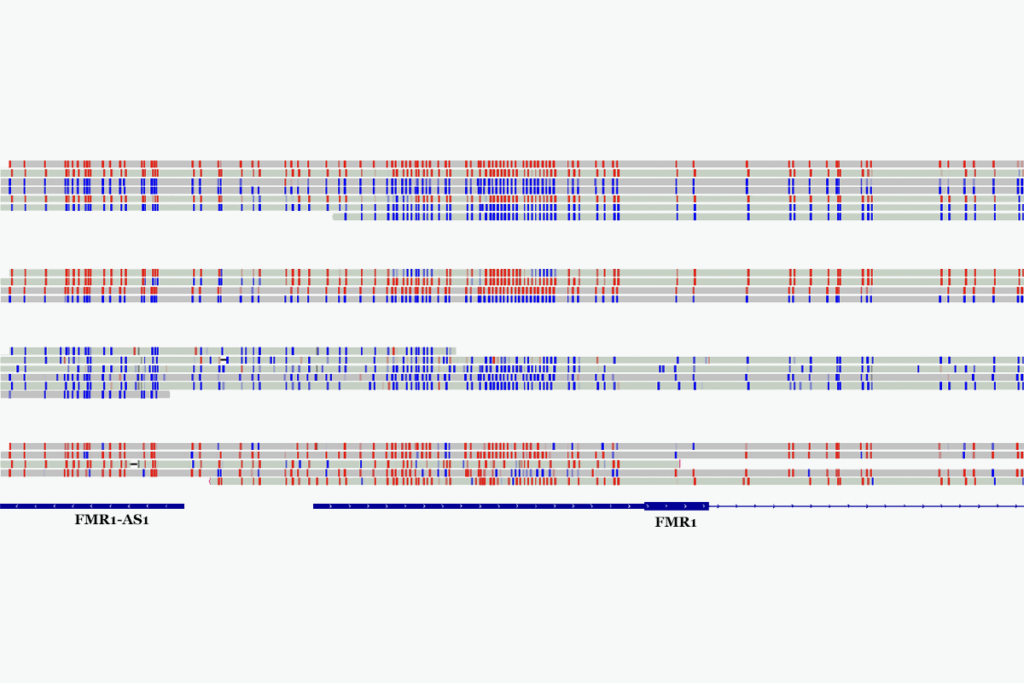
Long-read sequencing unearths overlooked autism-linked variants
Strips that are thousands of base pairs in length offer better resolution of structural variants and tandem repeats, according to two independent preprints.
Competition seeks new algorithms to classify social behavior in animals
The winner of the competition, which launched today and tests contestants’ models head to head, is set to take home $20,000, according to co-organizer Ann Kennedy.
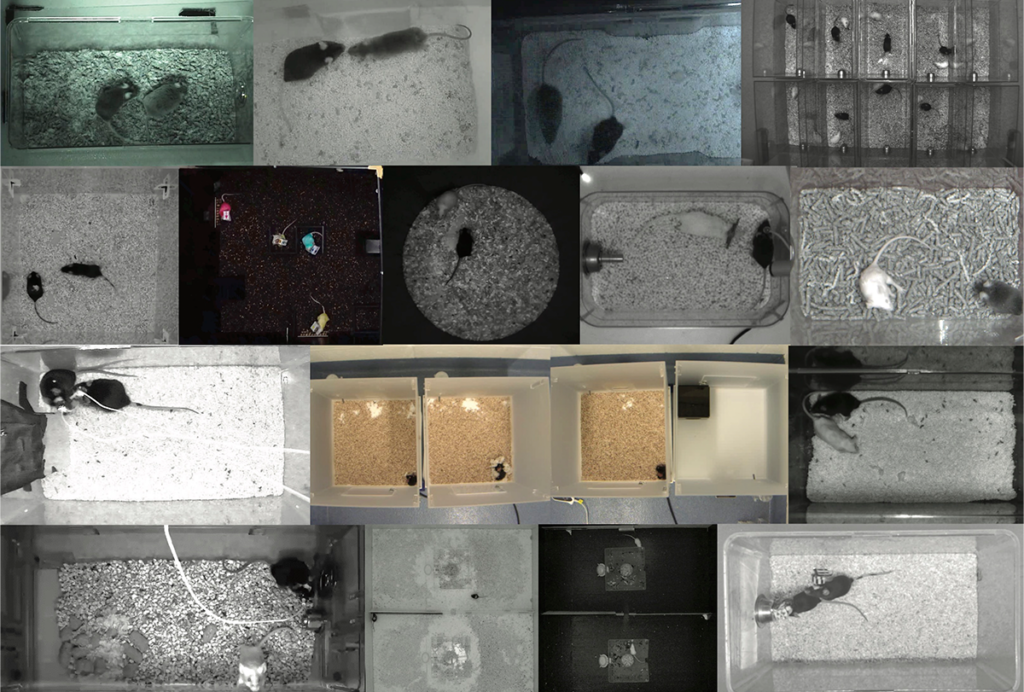
Competition seeks new algorithms to classify social behavior in animals
The winner of the competition, which launched today and tests contestants’ models head to head, is set to take home $20,000, according to co-organizer Ann Kennedy.
This paper changed my life: Dan Goodman on a paper that reignited the field of spiking neural networks
Friedemann Zenke’s 2019 paper, and its related coding tutorial SpyTorch, made it possible to apply modern machine learning to spiking neural networks. The innovation reinvigorated the field.
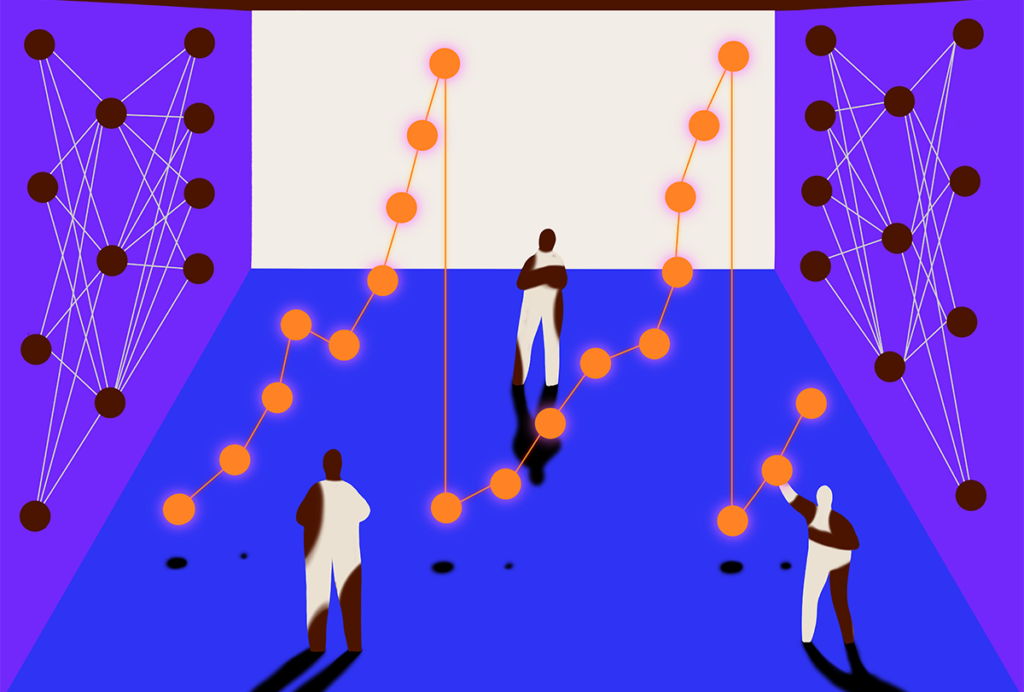
This paper changed my life: Dan Goodman on a paper that reignited the field of spiking neural networks
Friedemann Zenke’s 2019 paper, and its related coding tutorial SpyTorch, made it possible to apply modern machine learning to spiking neural networks. The innovation reinvigorated the field.